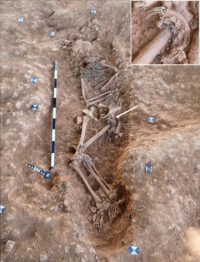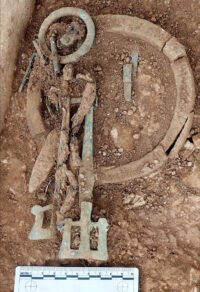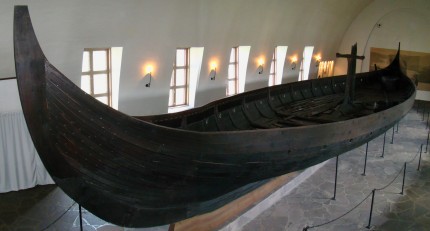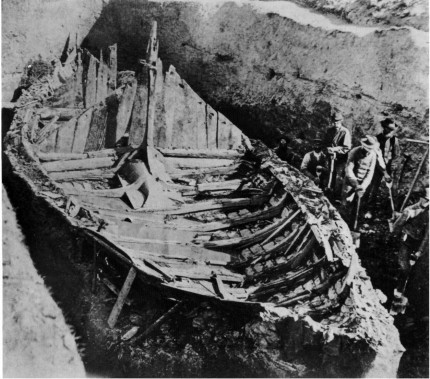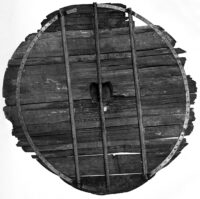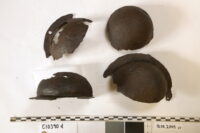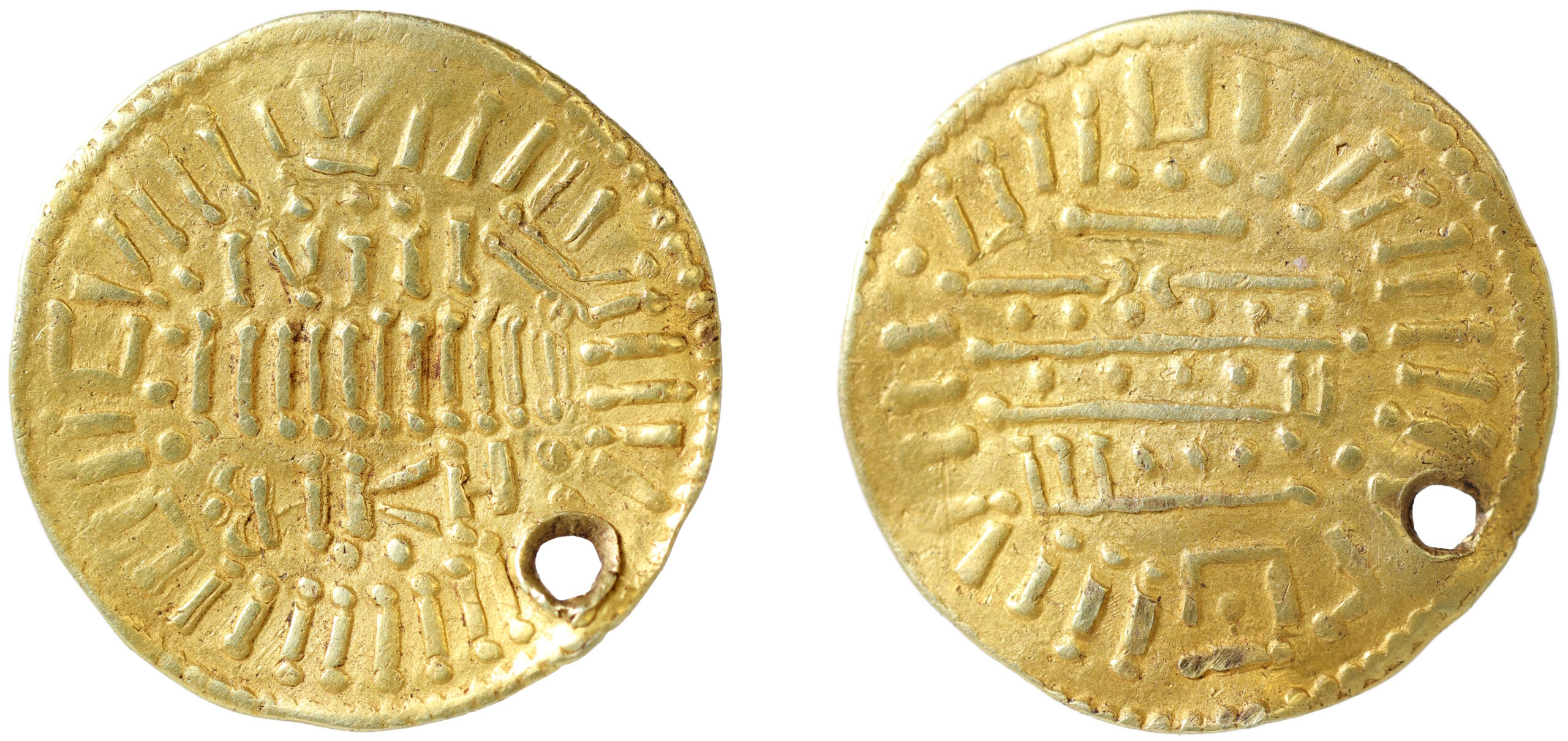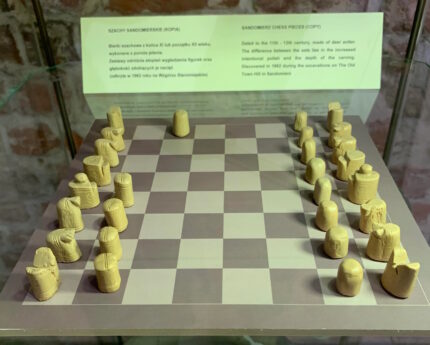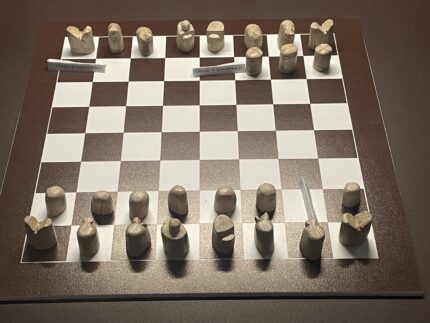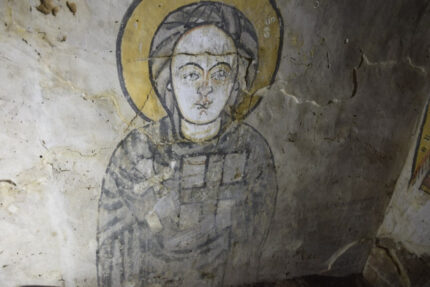 Archaeologists excavating the medieval ghost city of Dongola in Sudan have discovered a previously unknown complex of rooms covered with Christian wall paintings that are unique on the archaeological record. They include depictions of a Nubian king bowing to Christ while under the protective embrace of the Archangel Michael. This scene has no parallels in Nubian art.
Archaeologists excavating the medieval ghost city of Dongola in Sudan have discovered a previously unknown complex of rooms covered with Christian wall paintings that are unique on the archaeological record. They include depictions of a Nubian king bowing to Christ while under the protective embrace of the Archangel Michael. This scene has no parallels in Nubian art.
Located on the east bank of the Nile, Dongola was built in the 5th century as a heavily fortified citadel. It became the capital of the Coptic kingdom of Makuria in the mid-6th century and prospered mightily thanks to trade agreements with Muslim Egypt. The city grew, expanding well beyond the original defensive walls of the citadel, reaching its economic, artistic and religious zenith between the 9th and 11th centuries. Makuria became one of the most important states in medieval Africa until its conquest by the Mamluk Sultan of Egypt in the 14th century. After that, the process of urbanization ground to a halt and Dongola contracted. It was finally abandoned in the 18th century.
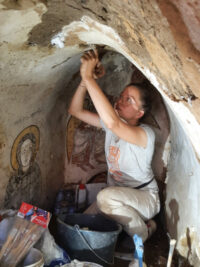 There are more than a dozen churches in Dongola and two monasteries within the expanded urban periphery. The Monastery of the Holy Trinity is notable for its unique wall paintings dating to the city’s heyday in the 11th-13th century. More than 100 paintings adorn its walls, depicting Jesus, Mary, the Apostles, angels, saints and scenes from the Old and New Testaments.
There are more than a dozen churches in Dongola and two monasteries within the expanded urban periphery. The Monastery of the Holy Trinity is notable for its unique wall paintings dating to the city’s heyday in the 11th-13th century. More than 100 paintings adorn its walls, depicting Jesus, Mary, the Apostles, angels, saints and scenes from the Old and New Testaments.
The newly-discovered wall paintings are not in any of the churches or monasteries. They were found under private homes from the Funj period (16th-19th c.)
The paintings within it showed the Mother of God, Christ, as well as a scene depicting a Nubian king, Christ, and Archangel Michael. However, this was not a typical representation of a Nubian ruler under the protection of saints or archangels. The king bows to Christ, who is seated in the clouds, and kisses his hand. The ruler is supported by Archangel Michael, whose spread wings shield both the king and Christ himself. Such a scene finds no parallels in Nubian painting. The dynamism and intimacy of the
representation contrasts with the hieratic nature of the figures shown on the side walls. Neither does the figure of the Virgin Mary on the north wall of the chamber belong to the typical repertoire of depictions of Mary in Nubian art. The Mother of God, shown in a dignified pose, is dressed in dark robes. In her hands she holds a cross and a book. Christ is depicted on the opposite wall. His right hand is shown in a gesture of blessing, and in His left he holds a book, which is fragmentarily preserved.
The paintings are accompanied by inscriptions currently studied by Dr. Agata Deptuła from PCMA UW. A preliminary reading of the Greek inscriptions has led to their identification as texts of the Liturgy of the Presanctified Gifts. An inscription in Old Nubian that accompanies the main scene is extremely difficult to decipher. Thanks to a preliminary reading by Dr. Vincent van Gerven Oei, the researchers learned that it contains several mentions of a king named David and a plea to God for protection of the city. The city mentioned in the inscription is probably Dongola, and King David is likely the royal figure depicted in the scene. David was one of the last rulers of Christian Makuria, and his reign marked the beginning of the end of the kingdom. For reasons unknown, King David attacked Egypt, which retaliated by invading Nubia and, as a result, Dongola was sacked for the first time in its history. Maybe the painting was created as the Mamluk army was approaching the city or already laying siege to it?
The biggest puzzle, however, is the complex of rooms in which the paintings were found. The spaces themselves, covered with vaults and domes and made of dried brick, are quite small. The room with the painted scene showing king David resembles a crypt, but it is 7 meters above the medieval ground level. The building is adjacent to a sacral building identified as the Great Church of Jesus, which was probably the cathedral of Dongola and the most important church of the kingdom of Makuria. Arab sources recounting King David’s attack on Egypt and the capture of the port of Aidhab and Aswan, maintain that this act was instigated by the Great Church of Jesus. Did the Archbishop of Dongola, much like Pope Urban II, incite King David to launch a crusade?
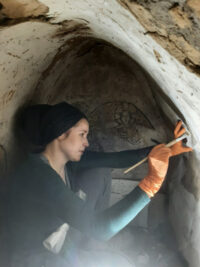 When the excavation came to end last month, the immediate priority was the conservation of the fragile wall paintings. Sections of plaster had detached from the walls and needed to be re-adhered, a challenging job in the confined spaces of the room complex in the hot temperatures of March in Sudan. Conservators from the Polish Centre of Mediterranean Archaeology, University of Warsaw, and the Department of Conservation and Restoration of Works of Art of the Academy of Fine Arts in Warsaw worked together to stabilize the wall paintings, injecting putties in the gaps behind the plaster and preserving the paint on the plaster itself. The complex of rooms will be excavated further when the dig season resumed in the fall.
When the excavation came to end last month, the immediate priority was the conservation of the fragile wall paintings. Sections of plaster had detached from the walls and needed to be re-adhered, a challenging job in the confined spaces of the room complex in the hot temperatures of March in Sudan. Conservators from the Polish Centre of Mediterranean Archaeology, University of Warsaw, and the Department of Conservation and Restoration of Works of Art of the Academy of Fine Arts in Warsaw worked together to stabilize the wall paintings, injecting putties in the gaps behind the plaster and preserving the paint on the plaster itself. The complex of rooms will be excavated further when the dig season resumed in the fall.
